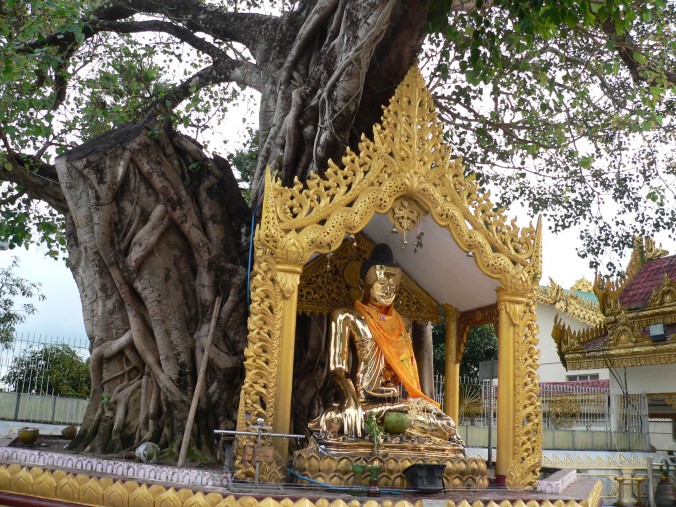Trees have frequently been viewed as places of reverence and the home of gods. Even today when trees and forests are recognised as the source of so many products essential to daily life, they are still revered as special places of environmental, cultural and spiritual importance.
In his book; The Tree in Changing Light, Australian author Roger McDonald1 expresses the connection between man and trees as follows:
It is impossible to separate trees from people’s attitudes about themselves – their fears, their lack of self-acceptance, their timidity and their ignorance. But nothing is inflexible in human response. People can live and grow just as trees do, they can struggle and they can overcome what is in themselves.
A feature throughout human history has been the symbolism, ritualism and worship of trees. Across the spectrum of faiths, beliefs and cultures, trees have often marked the boundary between human understanding and divine mystery. Evidence for this goes back to the Stone Age more than 6000 years. Humanity has had a deep, ‘religious’ relationship with trees. Yvonne Baskin2 considers that humanity’s oldest faiths and deepest symbols reflect an early, primitive connection to the natural world and with trees – imprinting on human consciousness a cyclic sense of death and decay, rebirth and renewal – so she said.
This relationship between trees and humanity is a dominant feature of religions. For example, the tree of life and tree of the knowledge are recurring themes in the Christian Bible. The Book of Genesis3 states:
And out of the ground the Lord God made every tree that is pleasant to the sight and good for food. The tree of life was also in the midst of the garden and the tree of the knowledge of good and evil.
2. Yvonne Baskin is author of The Work of Nature: How the diversity of life sustains us (Island Press, 1997) and A Plague of Rats and Rubbervines: The Growing Threat of Species Invasions (Island Press, 2002). Her articles have appeared in Science, Natural History, Discover, and numerous other publications.
3. The Book of Genesis is the first book of the Hebrew Bible and of the Christian Bible’s Old Testament. The basic narrative has as the central theme that God created the planet and all living things.

John
Your blog is very interesting and seems to reflect the thoughts of an increasing number of plant scientists who are recognising that plant intelligence meets at least some of the definitions of intelligence.
Re “Talking Trees” – what do they talk about?
Best wishes